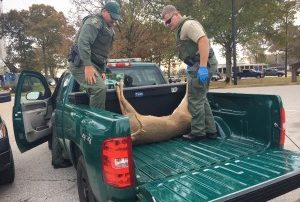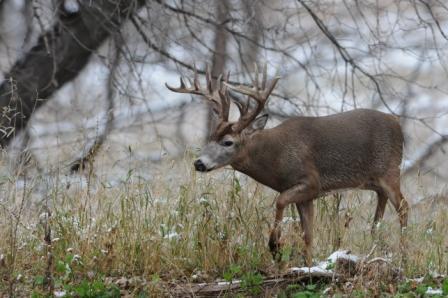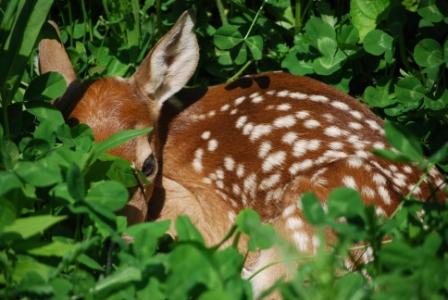Chronic Wasting Disease 2020 Update
Here is a sampling of news from the National Deer Alliance’s (NDA) latest update on all things Chronic Wasting Disease (CWD). Click here to read the full report. Kansas: In mid-July, the Kansas Department of Agriculture confirmed a case of CWD in a captive deer herd in Osage County. While CWD has been detected in wild deer populations in many western Kansas counties, this is the first documented positive case in eastern Kansas. Minnesota: The DNR announced a new process for hunters to get their deer tested for CWD. This year, testing will not be mandatory in an effort to mitigate the risk of spreading coronavirus during the pandemic. Last year, hunters in designated CWD zones were required to visit [...]





